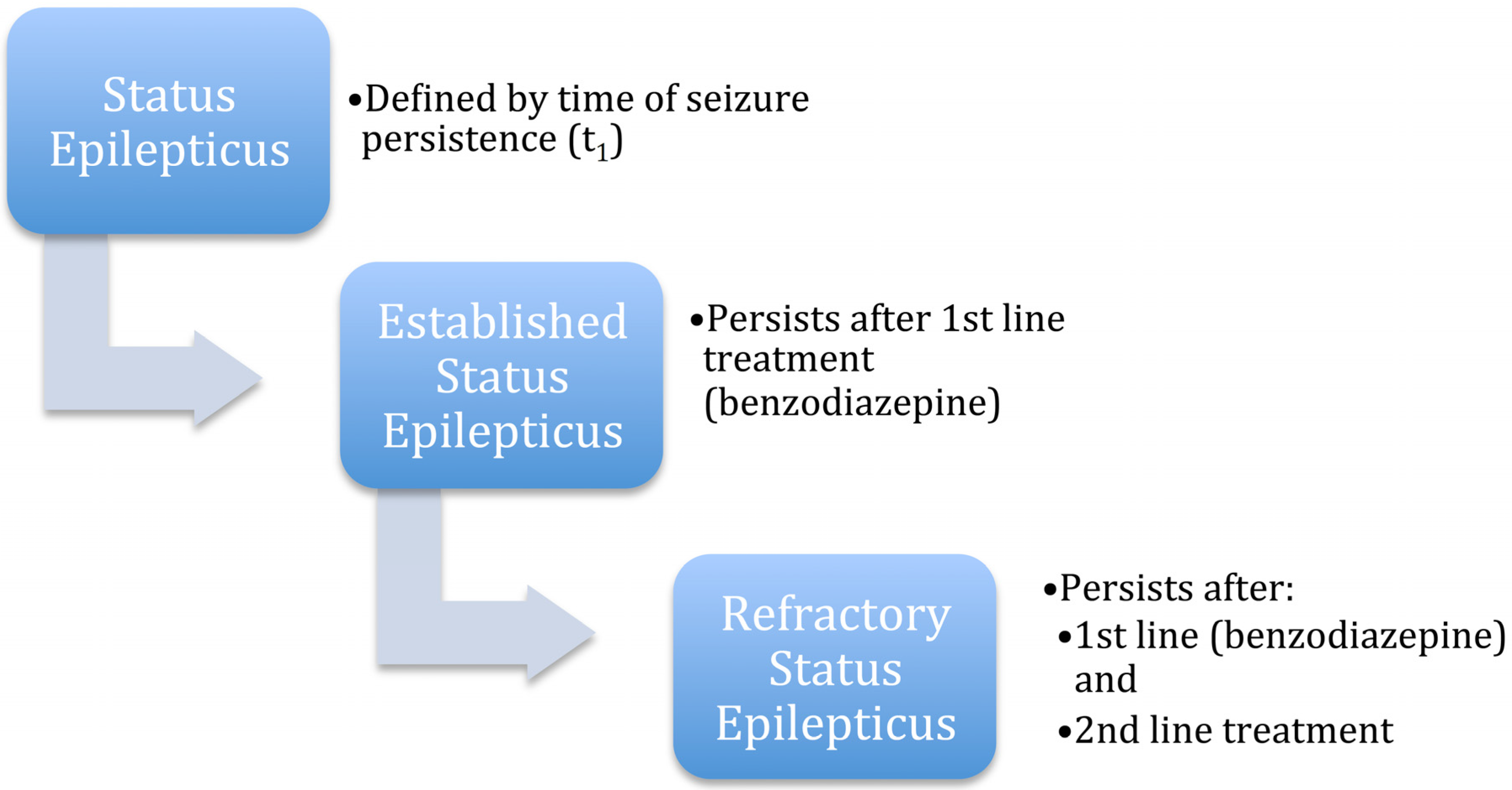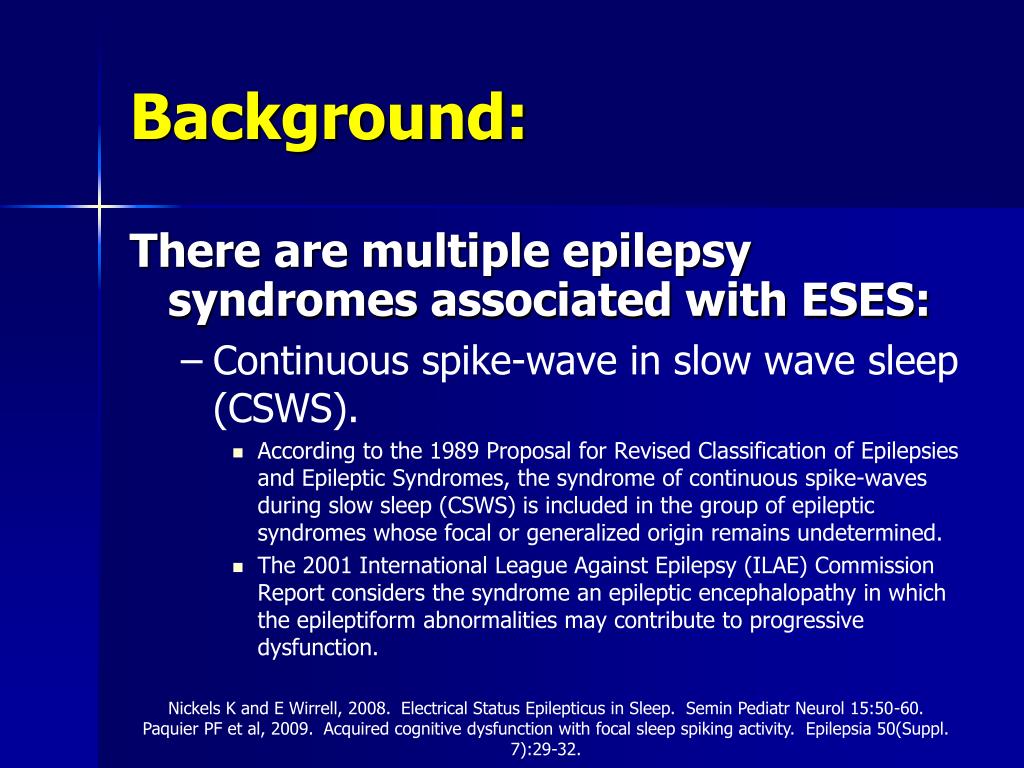
Status epilepticus is the most common pediatric neurological emergency.

Refractory status epilepticus refers to continuing seizures (convulsive or non-convulsive) despite appropriate antiepileptic drugs. Focal motor status epilepticus involves the refractory motor activity of a limb or a group of muscles on one side of the body with or without loss of consciousness is myoclonic status epilepticus. Non-convulsive status epilepticus is defined as seizure activity identified on an electroencephalogram (EEG) with no accompanying tonic-clonic movements. Convulsive status epilepticus consists of generalized tonic-clonic movements and mental status impairment. Status epilepticus may be convulsive, non-convulsive, focal motor, myoclonic, and any can become refractory. The Neurocritical Care Society guidelines from 2012 revised the definition to a seizure with 5 minutes or more of continuous clinical and/or electrographic seizure activity or recurrent seizure activity without recovery between seizures. Previously, status epilepticus was defined as a seizure with a duration equal to or greater than 30 minutes or a series of seizures in which the patient does not regain normal mental status between seizures. Status epilepticus is a neurological emergency requiring immediate evaluation and management to prevent significant morbidity or mortality. Explain interprofessional team strategies for improving coordination and communication to advance the treatment of status epilepticus and improve patient outcomes.Identify the treatment and management options available for status epilepticus.Describe the typical presentation of status epilepticus.Summarize the etiology of status epileptics.This activity reviews the evaluation and management of status epilepticus and highlights the role of the interprofessional team in the care of affected patients.




 0 kommentar(er)
0 kommentar(er)
